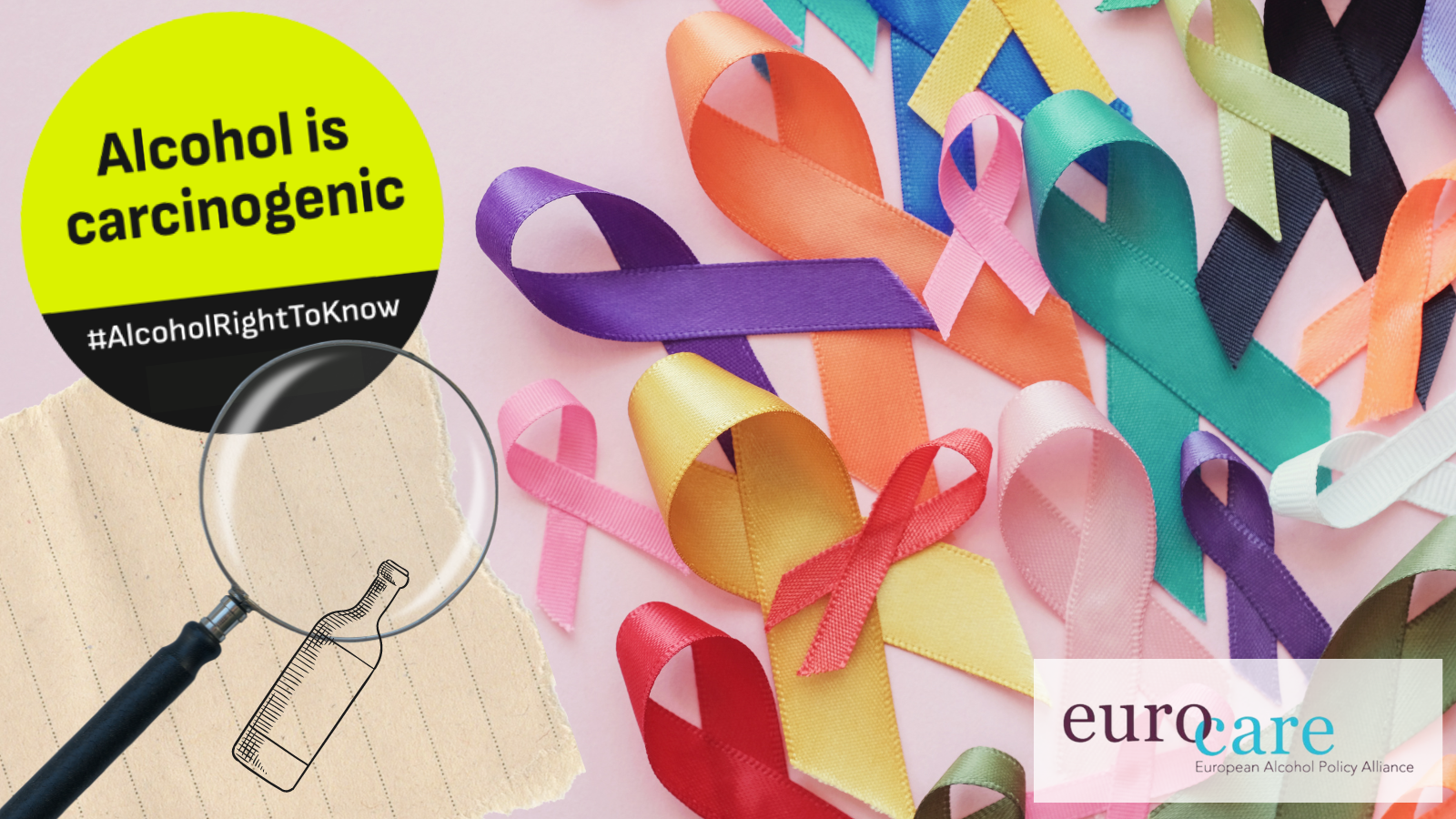Brief: Alcohol causes cancer
The risk of alcohol causing cancer begins with the first drop and rises thereafter, making “less is better” a vital takeaway message for reducing the cancer rates.
Alcohol is a group 1 carcinogen, meaning it is in the same category of cancer-causing agents as tobacco and asbestos, causing at least seven types of cancer with the risk of different cancers varying with the level of exposure.
This means alcohol causes just over 4% of new cancer cases worldwide, with three-quarters in men because of heavier alcohol drinking. Western Europe matches the global average, while central and eastern Europe is well above, with 5.6% of cancer cases alcohol attributable.
Risky and heavy drinkers accounted for the bulk of alcohol-attributable cancer cases, according to the Lancet study. But drinkers of 25ml of alcohol or less a day–the amount in one 500ml 5% beer–accounted for one-in-seven cases.
Getting an intuitive feel for the pattern of cancer risk is difficult. Heavy drinkers of alcohol run up to five times the risk of developing cancer compared to non-drinkers, with even low levels of alcohol consumption bringing significant risk.
In absolute terms the cancer risk of drinking a bottle of wine a week is on a par with that of smoking ten cigarettes a week for women largely because of breast cancer, found a UK study. And it carries a similar risk of a man smoking five cigarettes a week.

Drinking any alcohol increases the risk of developing cancers of the mouth, pharynx, larynx, oesophagus, and breast, says the World Cancer Research Fund and American Institute for Cancer Research . Drinking more than 37ml a day increases the risk of colorectal cancer and over 55ml the risk of stomach and liver cancer.
Other factors also influence the level of cancer risk alcohol poses. Consuming both alcohol and tobacco, for example, greatly increases the risks of developing cancers of the mouth, throat, larynx or oesophagus.
Cancer risk plays a big part in Canada’s new alcohol guidelines, which hit headlines last month having recommended no more than 34ml of pure alcohol a week for both men and women. This is just under one-and-a-half 500ml servings of 5% beer.
This is a far lower guideline than any European country. The UK’s are among the lowest in the world at 140ml a week and this is four times Canada’s guideline. Belgium’s is over 260ml a week for men, almost eight times Canada’s guideline.
An update to European guidelines seems likely. Some have not yet accounted for advances in scientific evidence on cancer risk, while estimates used of the European public’s risk tolerance around alcohol risk are open to question. The WHO said last month there was “no safe level” of alcohol consumption, in large part because of cancer risk.
Canada’s expert committee decided the Canadian public were willing to carry a one-in-a-thousand risk of suffering alcohol harm, while other countries typically set the public’s appetite for suffering alcohol harm at one-in-a-hundred.
Alcohol’s risk or appetite for them are never one-size-fits-all. And, cancer aside, alcohol poses a far higher risk to some, poorer people, for instance.
Guidelines meant to reduce harm to a whole population should err on the side of caution, going down as scientific evidence requires. Citizens would be wise to stay ahead of the trend.
